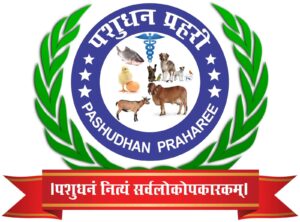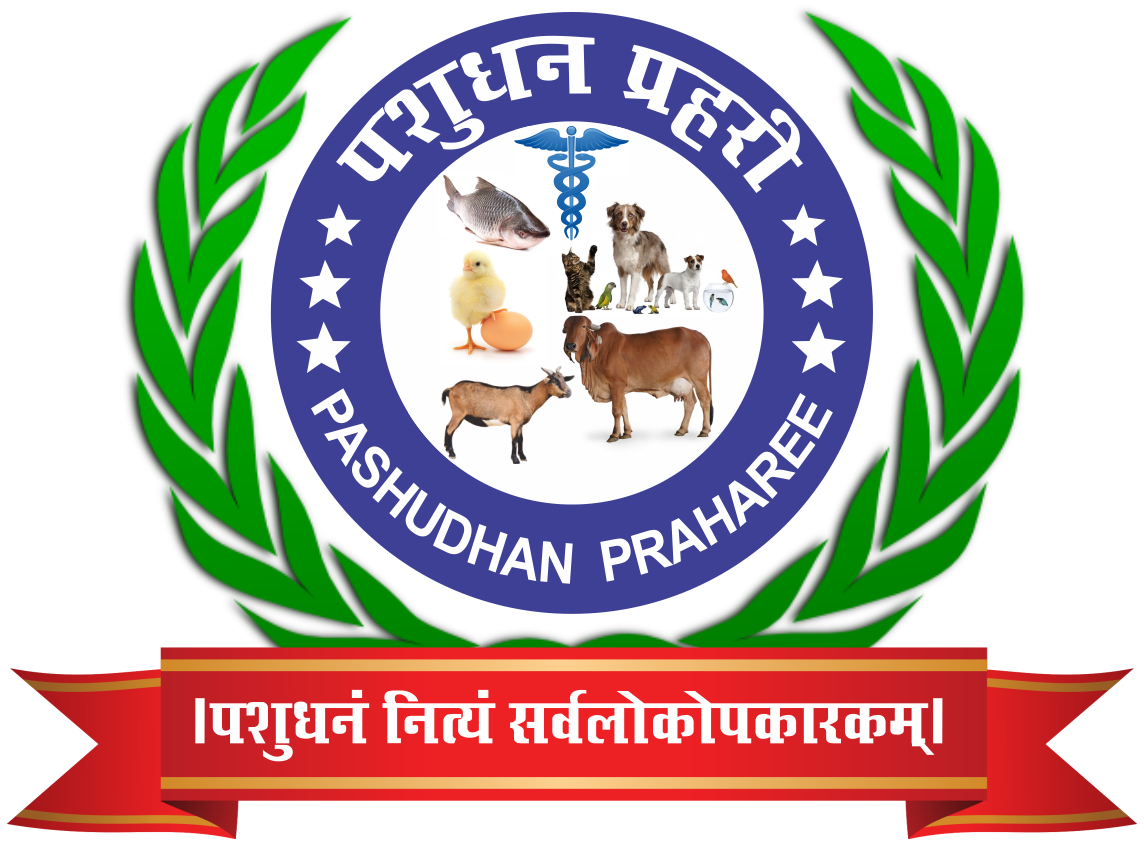The Importance of Urban Forestry: A Focus on Jamshedpur, Jharkhand
Jamshedpur, nestled in the heart of Jharkhand, is known as the “Steel City of India.” While its industrial landscape is a pillar of economic growth, the city and its surrounding region also embrace natural beauty, characterized by rich biodiversity and lush greenery. Urban forestry offers Jamshedpur an opportunity to balance its industrial progress with environmental sustainability, fostering a healthier and greener future.
What Is Urban Forestry?
Urban forestry refers to the management and conservation of trees, forests, and other greenery in cities, towns, and peri-urban areas. It goes beyond planting trees; it’s a science, art, and practice aimed at promoting ecological health, improving air quality, mitigating climate change, and enhancing human well-being.
Urban Forestry in Jamshedpur: Why It Matters
The city boasts significant green spaces like Jubilee Park and Dimna Lake, but rapid industrialization and urban sprawl have put pressure on its ecological balance. Urban forestry in Jamshedpur can help mitigate these challenges by enhancing green cover and improving environmental health. It aligns with Jharkhand’s broader initiatives, including afforestation and conservation programs.
Environmental Benefits for Jamshedpur
Social and Economic Benefits Tailored to Jamshedpur
Biodiversity Conservation
Jamshedpur lies close to the Dalma Wildlife Sanctuary, home to elephants and other wildlife. Urban forestry in the city can serve as corridors for biodiversity, allowing flora and fauna to thrive within urban limits and connecting fragmented ecosystems.
Challenges and Solutions
Jamshedpur faces challenges like limited space for greenery and the environmental impact of industrial activities. Solutions like vertical gardens, rooftop plantations, and green belts around industrial areas can address these constraints effectively. Integrating urban forestry into the city’s planning processes is essential for long-term sustainability.
The Importance of Urban Forestry and Its Many Benefits
As cities grow and urban areas expand, the need for sustainable green solutions becomes more urgent. Urban forestry—an approach that integrates trees and vegetation into the fabric of cities—emerges as a crucial tool for addressing environmental challenges while enriching the lives of urban dwellers.
Environmental Benefits
- Improved Air Quality: Trees act as natural air purifiers, absorbing pollutants like carbon dioxide, nitrogen oxides, and particulate matter while releasing life-sustaining oxygen.
- Climate Regulation: The shade provided by urban trees reduces heat islands—areas in cities that experience higher temperatures due to concrete and asphalt. This helps regulate urban temperatures and conserve energy by reducing the need for air conditioning.
- Flood Prevention: Urban trees help manage water runoff during heavy rains, reducing the risk of flooding by absorbing excess water and improving soil health.
Social and Economic Benefits
- Health and Well-being: Green spaces have been proven to reduce stress, promote mental health, and encourage physical activities like walking and cycling. Proximity to nature improves overall quality of life.
- Community Cohesion: Parks and urban forests act as gathering places, fostering social interactions, cultural events, and community spirit.
- Economic Gains: Well-maintained green spaces increase property values, attract tourism, and create jobs in landscaping, arboriculture, and environmental management.
Biodiversity and Ecosystem Services
Urban forests provide habitats for wildlife, helping to preserve biodiversity within city limits. They contribute to ecosystem services such as pollination, soil stabilization, and water purification, which are essential for urban sustainability.
Challenges and Future Directions
While urban forestry offers tremendous benefits, it faces challenges like limited space, funding constraints, and lack of awareness. Cities must adopt innovative approaches such as rooftop gardening, vertical forests, and community-led tree-planting drives. Policies supporting urban forestry need to be integrated into urban planning frameworks to ensure long-term success.
Urban forestry isn’t just an environmental initiative; it’s a movement towards healthier, greener, and more inclusive cities. By investing in urban forestry, we invest in our future—a future where cities thrive in harmony with nature, making urban living more sustainable and fulfilling for generations to come.Urban forestry is more than an environmental strategy; it’s a pathway to a balanced coexistence of nature and industry in Jamshedpur. By investing in trees, parks, and sustainable urban planning, the city can continue to thrive while safeguarding its ecological health and enhancing the quality of life for its residents.
As Jamshedpur grows, let its urban forests grow with it—standing tall as symbols of resilience, vitality, and harmony. Incorporating urban forestry into our lives is more than just planting trees; it’s about sowing the seeds of resilience, well-being, and hope for a better tomorrow. Let’s nurture our urban forests, and let them nurture us in return.



